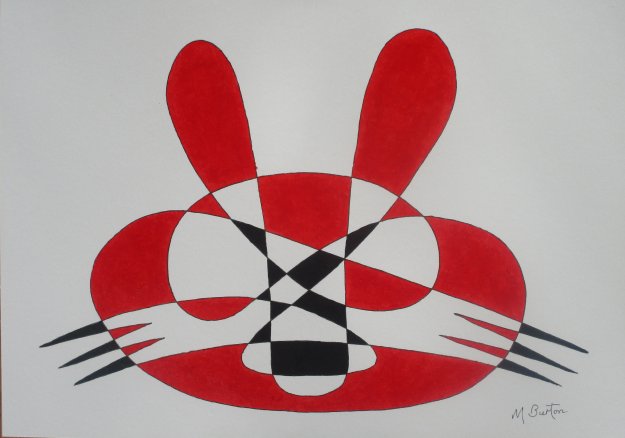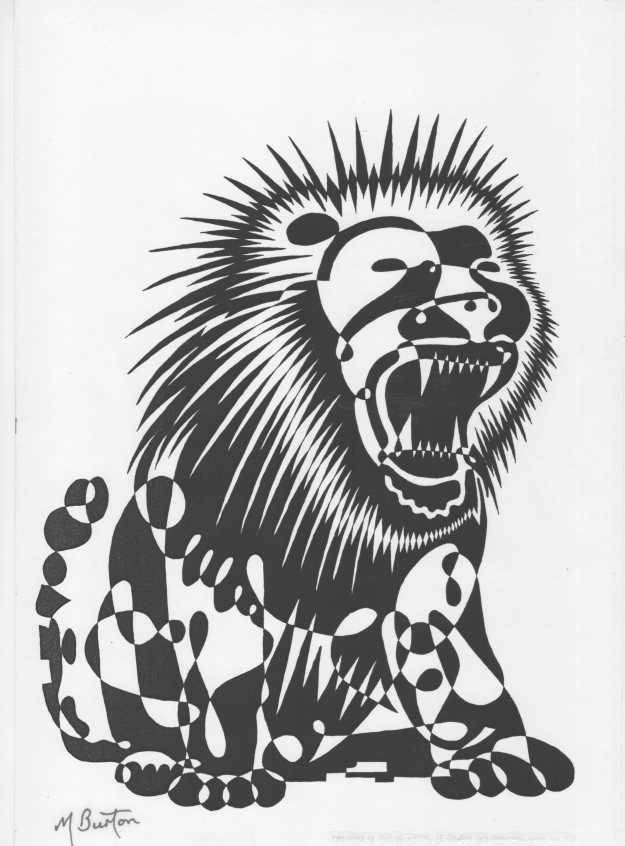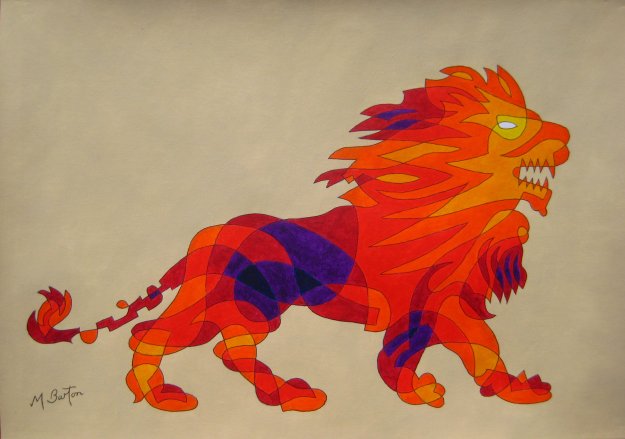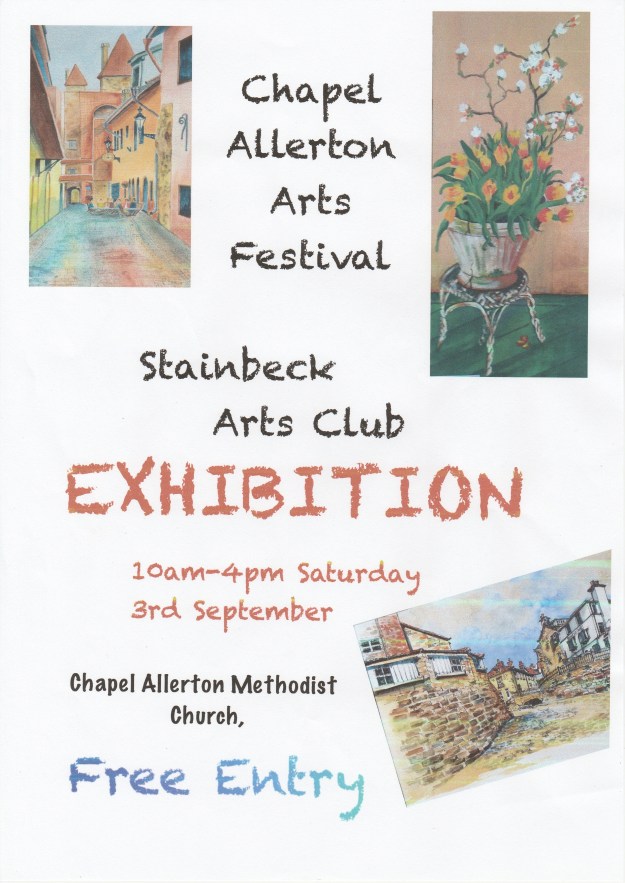I was at Pateley Bridge Art Club earlier this month with a Demonstration and Workshop for the members. They have covered the evening in their News Blog with a report by Charles Mellor, which included 16 examples of members’ pictures. You can find the report at > https://www.pateleybridgeartclub.org .
I include here an additional three pictures by members which illustrate how you can devise an internal pattern which represents aspects of the subject. Members could base their initial attempt at a continuous line, or lines, on a subject of their choosing or one or more of several faint outlines provided by myself.
I demonstrated how the basic ongoing line can involve curves, loops, angles, etc. taking in parts of the outline itself and involving where possible a novel pattern for that subject. At the same time there is a need to leave spaces for the line to return to the start. I said that members were free to use rubbers to correct their drawings or have more than one continuous line in their picture to get used to the process.
One member drew a Giraffe which incorporated some of the distinctive inner pattern of that animal.
My third example is a Zebra where the member has included the famous stripes.
The Rhinoceros above has a good inner pattern reflecting the armour plating appearance of the animal. It reminds me of the woodcut by Albrecht Durer, who was amongst the first artists to portray this animal.
And that’s not all. The Pateley Bridge member’s Rhino at the top of this post has a clear single continuous line and includes two specific features I have used in the past which appear in pictures which I displayed on the evening but may, or may not, have have influenced the drawing of this Rhino –
a. The Rhino’s left eye is depicted by a gap in the outline, similar to my Panther’s right eye below, where I show only the pupil of the right eye.
b. The Rhino’s armour pattern involves the outside running into the interior of the animal, similar to my Zebra below.
I have requested that the Pateley Bridge member, who did the Rhino, copies the line and then applies alternate shading to highlight the “inside outside” effect. If not I may have to do it myself.
Picasso was certainly aware of this “inside outside” situation. At my Demonstrations I pass around Picasso’s book “One-liners” which has 50 pictures. Most have the line starting at one end and then stopping on completion elsewhere, but there are several which are single continuous lines. The last two pen drawings in the book are as follows.
On the left, the head, arms, body and legs are all inside the single continuous line. At first glance it is the same on the right, but in fact there is no “inside”.






































































